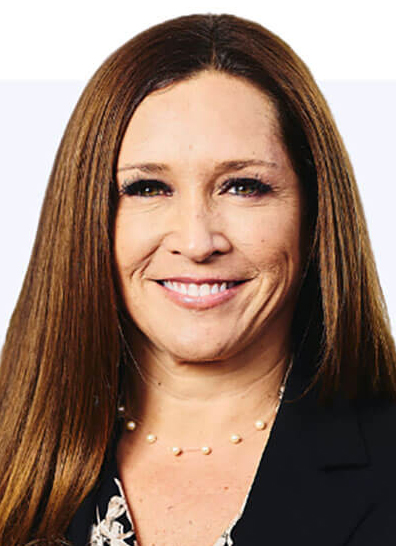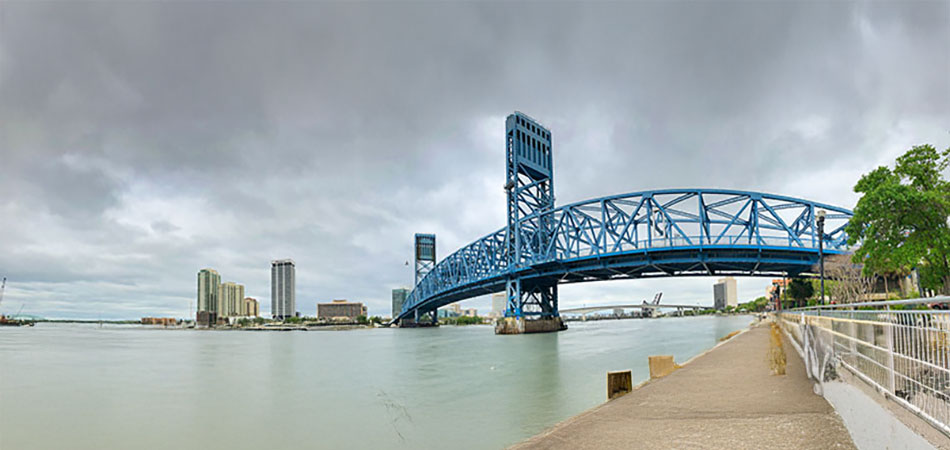The Shelby Report of the Southeast recently visited with Lorena Holley, VP and general counsel for the Florida Retail Federation, to glean some insights on the state of the grocery industry in northern Florida.
How robust is the supermarket industry in North Florida?

The grocery marketplace in North Florida is diverse, vibrant and buoyant. Consumers have many options – from national retail banners to community grocers for a wide variety of food products – as well as essentials for health and home.
Communities in North Florida have faced back-to-back hurricanes in recent years, and the region’s grocers have proven to be resilient. Not only do they work to reopen quickly to meet demands for food and supplies, but grocers here are incredibly charitable providing communities with water, charging stations and other important services in the aftermath of a storm.
What are the biggest challenges and opportunities facing supermarket operators right now?
Like many retail storefronts across the nation, supermarket operators in North Florida are facing persistent challenges related to labor shortages, inflation and organized retail crime. Yet, the region’s population growth and strong tourism economy continue to present major opportunities.
With more than 300,000 people moving to Florida each year, North Florida grocers are uniquely positioned to meet rising consumer demand by expanding product offerings, investing in their customers and maximizing the value of goods for Florida families.
How is the region’s growth and development impacting the grocery sector?
As one of the fastest-growing regions in the state, North Florida’s development is driving increased demand for grocery services. In addition, Florida tourism remains strong with nearly 140 million visitors annually. We’ve witnessed grocers expand their operations, open new stores and offer new delivery methods to serve a greater customer base.
How is competition from online retailers and delivery services affecting traditional supermarkets?
While digital shopping platforms have grown significantly in recent years, brick-and-mortar grocers remain the primary point of purchase for grocery items, with 70 percent of all purchases annually occurring in-store.
Moreover, grocers in North Florida are investing in both physical stores and digital tools to meet changing consumer needs.
Some stores have opted to implement curbside pickup or delivery services, where others have optimized technology like self-checkout or grocery service apps to bring greater discounts to consumers who shop in store.
Listening to what consumers want has been key. Our grocers in North Florida have shown a strong commitment to continuing to implement community feedback to keep up with the need for convenient and affordable service.
What innovative strategies are North Florida grocers employing to remain competitive?
Grocers are turning to feedback-focused enhancements that meet the needs of shoppers right in their own backyard. In addition to self-checkout, many stores lean on loyalty programs and increased service automation to reduce overhead.
In-store, retailers are creating welcoming environments that reflect their communities – offering locally sourced products fresh from Florida farmers, ranchers and growers, expanding prepared food options and targeting promotions to help customers get more value with every visit.
And our grocers have continued to invest in programs that encourage shoppers to “Find It In Florida” when they make a purchase rather than driving their income into programs outside of the community.
What is the outlook for the region’s grocery industry for the next five years?
The grocery industry in Florida is resilient and optimistic. With Florida retailers contributing more than $357 billion to the state economy and supporting four million jobs, grocers have and will continue to play a vital role in Florida’s continued prosperity.
Over the next five years, grocers who continue to adapt to the unique needs of their community and changing customer expectations will continue to thrive. The Florida Retail Federation will support these valued community partners every step of the way.
What type of support does your group offer grocers?
Our association represents Florida’s $45 billion grocery industry – from small independents to national chains through our Food Industry Council.
Our goal is to ensure that Florida’s grocers – from major name brands to mom-and-pop community grocers – have the tools they need to thrive.
The FIC advocates for grocery members at both the state and local level, ensuring their voices are heard on legislation that impacts the food retail sector.
In addition, FRF offers education on evolving food safety rules, serves as a key resource during emergencies and provides ongoing support navigating the complex regulatory and legislative environment.
[RELATED: Coke Florida Holds Grand Opening For Distribution Center In Tampa]

